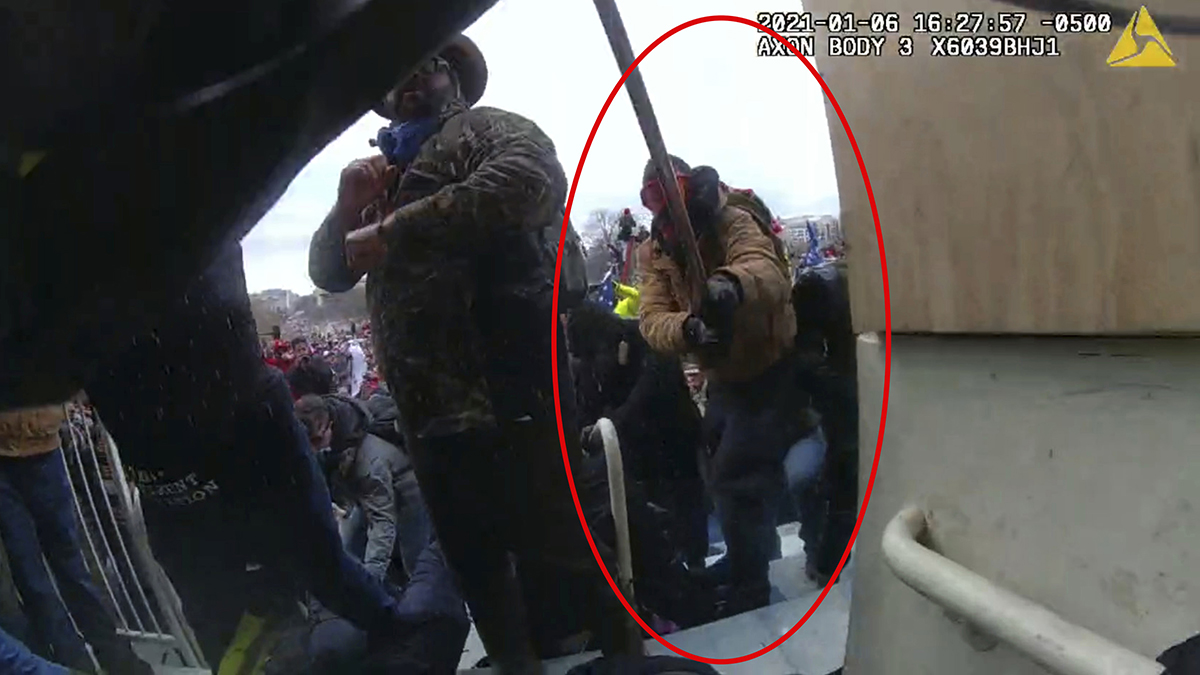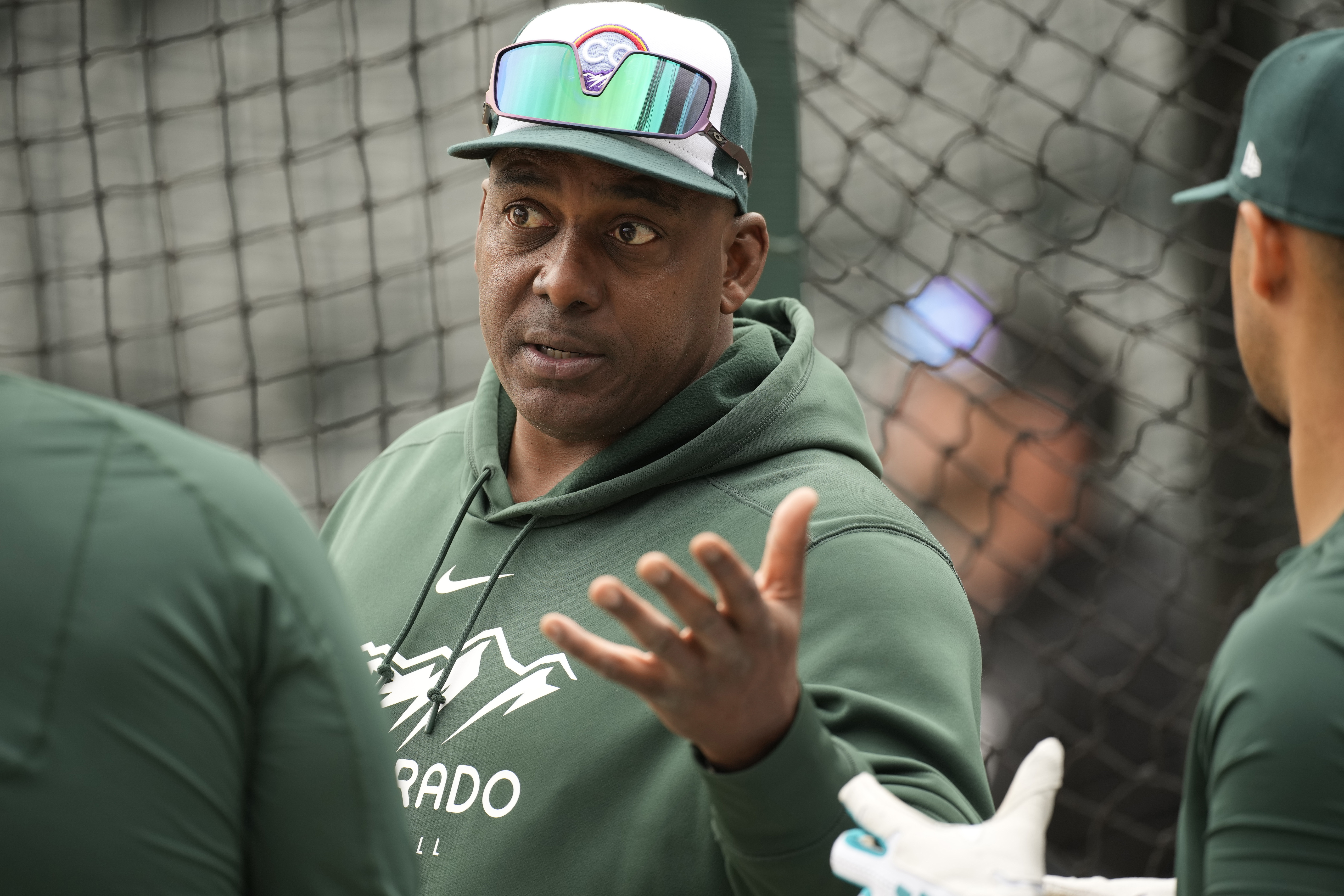As part of the plan to reopen most schools for in-person instruction this fall, New Jersey health officials will assign risk levels to schools and monitor case counts to prevent outbreaks of the coronavirus.
At the same time, the plans leave wiggle room for a shift back to statewide, fully remote learning if virus data starts to show a dangerous situation. (Educators' unions have argued that any in-person learning presents a danger.)
The state health department released its guidance for schools Thursday, a day after a press conference in which Gov. Phil Murphy said some schools would start the year remotely if they could not meet safety guidelines.
Those schools would then make necessary adjustments and commit to a date for a safe return to in-person instruction. But Interim Education Commissioner Kevin Dehmer expected most schools would be ready to go.
Along with the guidance from the health department (embedded at the end of this article), Murphy signed a 15-page executive order that creates some options for schools. He has stressed that the state doesn't want to take a "one-size-fits-all" approach. How school looks for a child you know will depend on decisions made by the superintendent and school board in their district.
Here are some of the state's recommendations to districts for reopening, and specific changes that might be allowed.
Testing and tracking
U.S. & World
The health department is not recommending testing every student, following guidance from the Centers for Disease Control and Prevention. Testing everyone is less important than a rigid program of social distancing, universal masking, frequent handwashing and increased cleaning, the guidance says.
Students should be sent home and referred to a health care provider to evaluate if testing is needed. Tests are recommended if someone has symptoms.
If there is a positive case, that student or staff member should quarantine, and contact tracers will find their close contacts (people who were within 6 feet for at least 10 minutes). Those close contacts may need to quarantine for 14 days.
Schools are encouraged to get access to some rapid tests in case of an outbreak. If people can test quickly and get a negative result quickly, that can lessen their time in quarantine and out of school.
Risk by region
Health Commissioner Judy Persichilli said the state will break up the state into six public health regions and will make decisions by region.
Each region covers a few counties. The southwest group covers Burlington, Camden, Gloucester and Salem counties, and the southeast region is Atlantic, Cape May and Cumberland counties.
Based on a few pieces of data, the regions will have risk assessments each week and get assigned to a 4-color scale: green, yellow, orange and red. The state says the regional breakdowns, when ready, will be posted here.
If a school's region is green, yellow or orange, in-person learning is allowed, with increasing levels of restrictions in each phase. In red, which represents a very high risk of community spread, the school must go fully remote.
(Check out page 3 of the PDF for the full chart.)
Closing back up?
Outside of that red phase, local school administrators and health officials would decide whether to close a school. The guidelines say a school could stay open after 1 confirmed case in the school, if their close contacts are excluded from school for 14 days.
If there were 2 cases in the same classroom, public health officials might ask the entire classroom to quarantine for 14 days, in addition to those 2 people's close contacts.
School would be closed for 2 weeks if a significant community outbreak is occurring and impacting multiple staff, students or families in the school district.
(For more, check out page 15 of the PDF down below.)
Indoor lunch?
Many schools in our region plan to have grab-and-go meals and may ask students to eat lunch outside. But that might not work at every school. Murphy's executive order allows for a form of indoor dining: eating in the school cafeteria. To be allowed, indoor eating in a school cafeteria must allow for social distancing and limit access to staff and students, not the public.
Dehmer said safer ways to dine indoors include distancing, and keeping students in cohorts - meaning they'd likely eat lunch with the same students from their classroom. That creates less chance for spread from an unknown source.
"Kids have the ability to eat in a room with the same kids and it's not -- a difference with dining is you're dining with the public," Dehmer said at Wednesday's press conference in response to a question about restaurants not being allowed to open for indoor dining (around 1:13:30 in the Youtube embed above).
Murphy still encouraged plans that allow students to eat outdoors.
Read the full guidance
And the full executive order is here.



